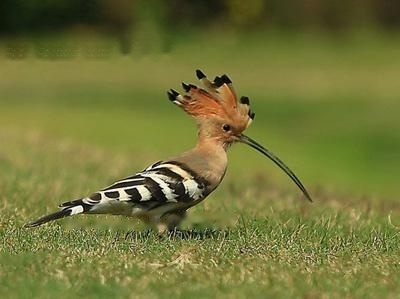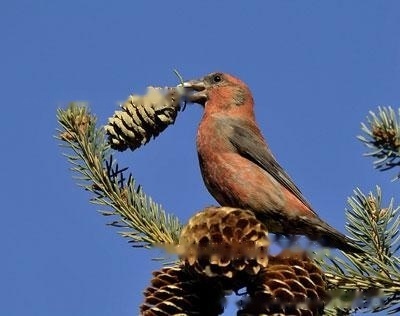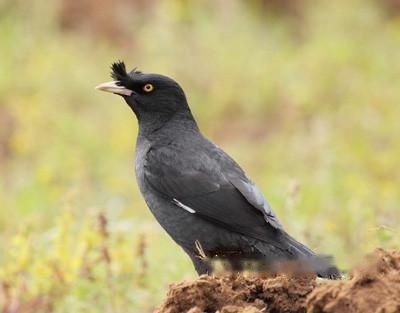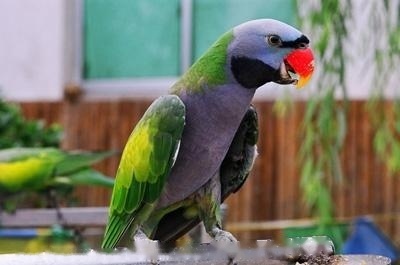The typical feature of the cross-billed finches is that its beaks are very peculiar. The upper and lower beaks cannot be combined like other birds, but cross each other, and the tips of the beaks extend up and down respectively. came out very long. This peculiarly shaped beak is unique in the entire animal kingdom, not to mention birds.
A medium-sized (16.5 cm) finch. Brick red in breeding males varies by subspecies, ranging from orange to rosy and scarlet, but generally has a more yellow tint than any red finches. The red is generally mottled, and the bill is more curved than the hooked bill of the sparrow. The female resembles the male but is dark olive green rather than red. Juveniles resemble females with vertical stripes. The difference between male and female adults, juveniles and white-winged cross-billed finches is that there is no obvious white wing spot, and the tertiary flight feathers have no white tip. Very few red cross-billed finches have slightly white wing spots on their wings, but they are not as striking and complete as white-winged finches, and their heads are not as arched. Compared with the named subspecies, the bill is thinner, and the female is very yellow; the color is bright, and the light-colored rump is often white; the color is the darkest, the male is cherry red, and the female is brownish.
Iris - dark brown; mouth - nearly black; feet - nearly black.
Call: The call is a blunt plosive jip jip, which is a string of sounds when alarming, and a suppressed croaking sound when eating. The call is a series of loud vibrato or trills, sometimes made in circling flight.




